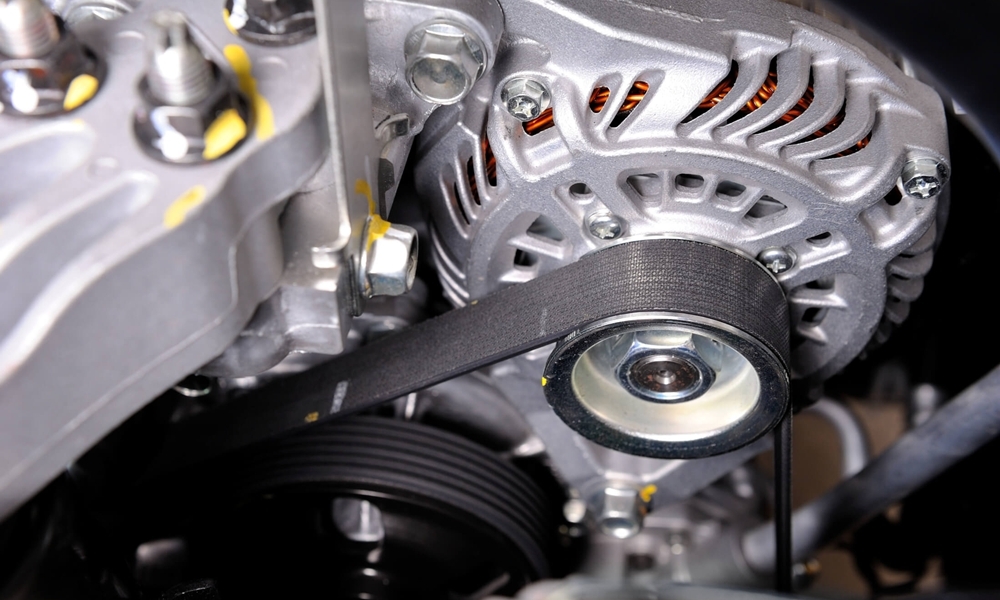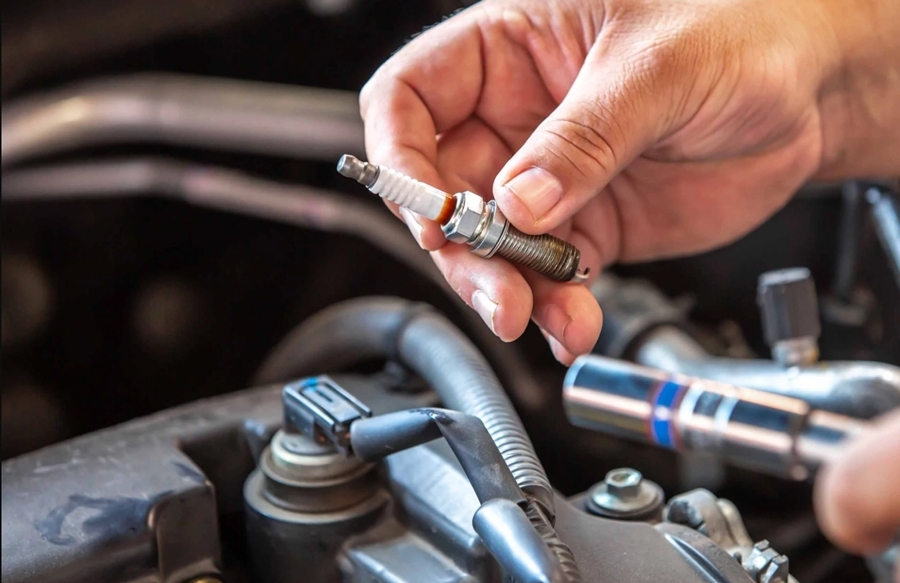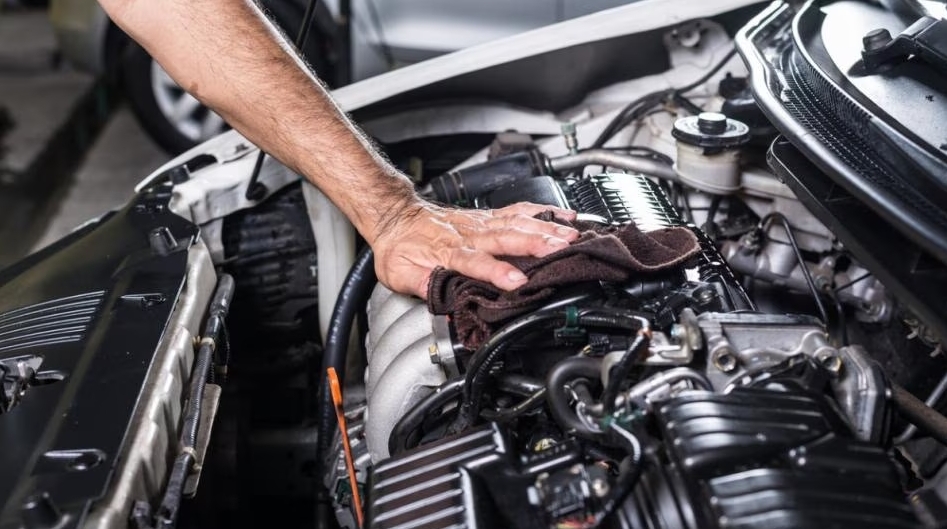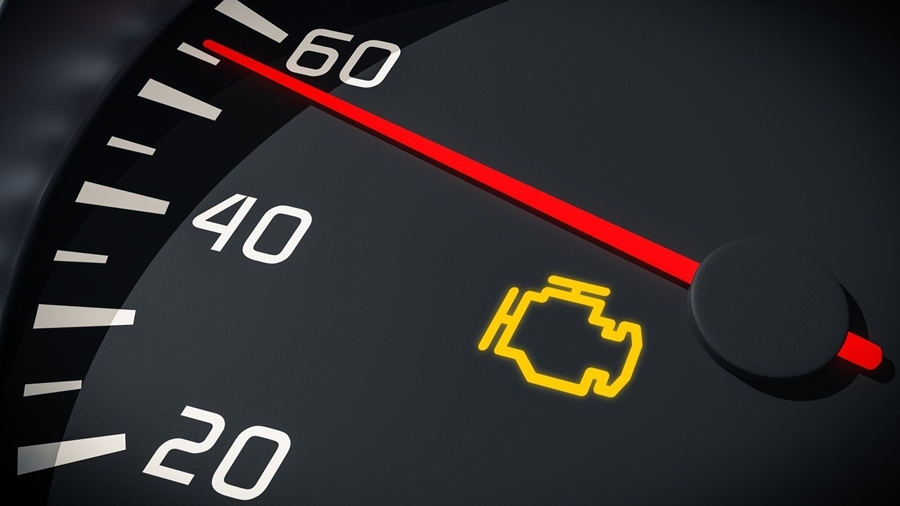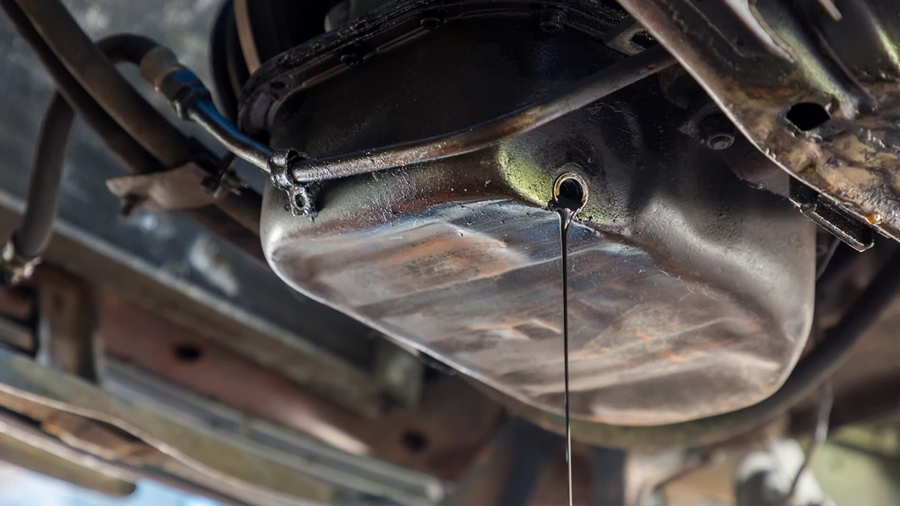Have you ever been driving down the highway when suddenly your engine makes a horrible noise and just… stops? If you’ve experienced this automotive nightmare, you might have been a victim of timing belt failure. Knowing when to change timing belt and water pump replacement components can save you from expensive repairs and roadside emergencies. I’ve seen too many good cars ruined by neglected maintenance, which is why I’m sharing everything you need to know about this crucial aspect of car care.
Your timing belt (sometimes called a cam belt) is one of those car parts that works silently in the background—until it doesn’t. Unlike oil changes or tire rotations that give you obvious signs when they’re needed, a timing belt can look perfectly fine right up until it snaps. That’s why understanding the recommended replacement intervals and warning signs is so important.

In this comprehensive guide, I’ll walk you through everything from recognizing when your timing belt needs replacing to understanding the timing belt and water pump replacement cost, how to save money, and why doing both services at once often makes financial sense. Whether you’re budgeting for future service or already searching for a good deal on timing belt and water pump replacement cost, this article has you covered. Let’s dive in!
Timing Belt and Water Pump Replacement Checklist
Before approving any service, use this quick checklist to make sure you’re getting the right parts replaced, at the right time, for a fair price. Whether you’re at a dealership or an independent shop, this tool helps you stay informed and in control. It’s especially helpful when to change timing belt and water pump is recommended, so you can avoid unnecessary costs or missed components. Print it, bring it with you, and ask questions confidently!
7 Shocking Truths About When to Change Timing Belt and Water Pump
1. A Broken Timing Belt Can Destroy Your Engine
Most drivers don’t realize that waiting too long to replace your timing belt could lead to catastrophic engine failure. In interference engines, a snapped belt allows pistons to collide with valves, often requiring a full engine rebuild.
2. Your Timing Belt May Be Failing Without Warning
Timing belts often give no visible or audible sign of wear. That’s why it’s critical to know when to change timing belt and water pump based on your car’s maintenance schedule—before a failure happens.
3. The Water Pump Usually Goes Out With the Timing Belt
Because the water pump and timing belt often share the same labor access, it’s cost-effective and wise to replace them together. If the pump fails after a belt replacement, you’ll pay for that labor twice.
4. Manufacturer Intervals Might Not Be Enough
If you regularly drive in harsh conditions—such as extreme heat, city traffic, or dusty roads—you may need to replace these parts sooner. Knowing when to change timing belt and water pump for your driving conditions can prevent early failure.
5. Delaying the Job Could Void Your Warranty
Some vehicle warranties require timing belt maintenance at specific intervals. Miss that window, and you could be stuck with a massive repair bill that should’ve been covered.
6. Confusion Between Belts Leads to Expensive Mistakes
Many car owners mix up the serpentine belt, which is external, with the timing belt inside the engine. Only one controls your camshaft, and only one is tied to when to change timing belt and water pump. Don’t confuse the two!
7. Some Mechanics Overcharge or Skip Components
Always ask if tensioners, idler pulleys, and the water pump are included in your timing belt quote. Educated vehicle owners who understand when to change timing belt and water pump can avoid being upsold or shortchanged.
When to Change Timing Belt and Water Pump: The Basics
Most manufacturers recommend replacing your timing belt every 60,000 to 100,000 miles, though this varies widely depending on the make and model of your vehicle. Some newer cars have extended this interval to around 105,000 miles, while others may need attention at just 50,000 miles. The water pump, which works closely with the timing belt, often has a similar lifespan.
But why is this maintenance so critical? Let me explain:
- Engine protection: Your timing belt synchronizes the rotation of the crankshaft and camshaft(s), ensuring valves open and close at precisely the right moment during engine operation.
- Catastrophic damage prevention: In “interference engines” (which most modern cars have), a failed timing belt can cause pistons to hit valves, resulting in thousands of dollars in engine damage.
- Cost efficiency: Replacing both components together saves on labor costs since the same parts must be removed to access either one.
I always tell my friends that skimping on timing belt replacement is like playing Russian roulette with your car. The few hundred dollars you might save by postponing it could turn into a few thousand if your belt snaps while driving.
So, when to change timing belt and water pump? While mileage is the primary indicator, age is also a factor. Even if you don’t drive much, rubber components deteriorate over time. As a general rule, consider replacement every 7–10 years regardless of mileage.
When to Change Timing Belt and Water Pump: Mileage Guide for Popular Vehicles
If you’re wondering when to change timing belt and water pump for your vehicle, you’re not alone. These components are vital to your engine’s operation, and replacing them at the right mileage can prevent catastrophic damage. We’ve compiled a handy table showing average replacement intervals for timing belts, water pumps, and other key maintenance items across a wide range of popular makes and models. Use this as a general guide—but always double-check your owner’s manual for your car’s exact service schedule.
Signs That Your Timing Belt Needs Replacement
Your car won’t always tell you directly when the cam belt needs replacing, but it does give subtle (and sometimes not-so-subtle) hints. Through my years of experience with cars, I’ve learned to watch for these warning signs:
- Ticking noise from the engine: A deteriorating timing belt may create a ticking or clicking sound from the engine area.
- Engine misfires: When the timing belt slips, even slightly, it can cause the engine to misfire.
- Rough idling: Is your car shaking when stopped at a light? This could indicate a worn timing belt.
- Oil leaks near the timing belt area: Oil can damage the rubber compound of the belt.
- Visual signs of wear: If you’re mechanically inclined and can inspect the belt, look for:
- Cracks in the rubber
- Missing teeth
- Glazing or shiny spots
- Fraying edges
It’s important to note that by the time you notice some of these symptoms, the timing belt needs replacement and you might be dangerously close to failure. That’s why staying proactive with car maintenance is always your best bet.
One of my customers once ignored a slight ticking sound in his car, thinking it was just normal engine noise. Two weeks later, he was stranded on the side of the road with a repair bill he wasn’t prepared for. Learn from his mistake—pay attention to these warning signs and know when to change timing belt and water pump in your vehicle.
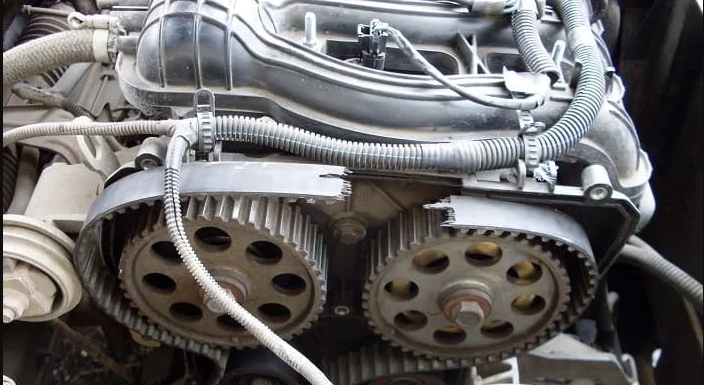
How to Tell If Timing Belt Needs Replacement Without Taking Engine Apart
One of the trickiest things about timing belts is that they’re often hidden behind protective covers, making a visual inspection nearly impossible without some engine disassembly. So, how to tell if timing belt needs replacement without tearing your engine apart?
There are a few approaches you can take that don’t require a mechanic’s garage:
- Check your service records: The easiest way to figure out when to change timing belt and water pump is to look up when the last replacement was done and compare it to your car’s manufacturer-recommended interval.
- Consult your owner’s manual: This will tell you exactly when timing belt service is due for your specific make and model.
- Look for accessory issues: Components driven by the same system—like the water pump—can provide early clues. For example, a noisy water pump or a sudden coolant leak might suggest it’s time to replace the whole setup.
- Consider your vehicle’s history: If you bought your car used and don’t have clear maintenance records, it’s safer to assume the timing belt hasn’t been replaced recently. In that case, a preemptive service could save you from major repairs down the line.
Over the years, I’ve adopted a simple rule of thumb: If you can’t remember when the belt was last changed—or you’ve owned the vehicle for over five years without touching it—go ahead and schedule a timing belt inspection. The peace of mind is worth far more than the price of having a professional take a look.

Do Timing Belts Need Replacing? The Myths and Facts
There’s a lot of confusion out there when it comes to timing belt maintenance. Let’s break down the most common myths—and the real facts you need to know.
Myth 1: Timing belts last the lifetime of the vehicle.
Fact: This is one of the most dangerous misconceptions. While some cars use metal timing chains that can last a long time, rubber timing belts degrade and will eventually fail. That’s why automakers clearly outline when to change timing belt and water pump in your vehicle’s service schedule—usually between 60,000 and 100,000 miles.
Myth 2: You can visually inspect a timing belt to see if it’s worn.
Fact: A belt can look perfectly fine on the outside and still be dangerously close to failure. Cracks, worn teeth, and internal damage aren’t always visible without removing the belt. Relying on appearance alone is not a safe way to assess timing belt health.
Myth 3: If your timing belt breaks, you just replace it and move on.
Fact: Not so fast. In most interference engines, a snapped belt leads to pistons colliding with valves—causing bent valves, destroyed pistons, and possibly a full engine rebuild. The cost of ignoring timing belt replacement can be massive.
Myth 4: The timing belt and water pump are unrelated.
Fact: In many cars, the timing belt drives the water pump. Since both parts are typically located in the same area, replacing them together saves on labor and prevents future breakdowns. It’s a smart move to take care of both, especially if you’re already in there for service. That’s why it’s so important to know when to change timing belt and water pump—you don’t want to do the job twice.
Myth 5: Timing belts only need to be replaced when there are symptoms.
Fact: By the time you notice signs like ticking noises, misfires, or rough idling, your timing belt may already be on the verge of failure. Preventive maintenance is always better than waiting for a breakdown. Follow the manufacturer’s recommendations even if the belt seems fine.
The bottom line? Timing belts absolutely need replacing. Ignoring them can lead to major repairs or engine failure. So if you’re unsure when to change timing belt and water pump in your car, check your service records or have a trusted mechanic take a look. It’s one maintenance task you don’t want to put off.
When to Change Timing Belt: The Ideal Timing
Figuring out the right time to replace your timing belt isn’t always straightforward, but it’s one of the most important maintenance decisions you’ll make for your car. So, when to change timing belt and water pump? Start by looking at a few key factors:
Manufacturer’s recommendation: This should always be your starting point. Every car has a different replacement interval, and the owner’s manual will tell you exactly what’s recommended.
Driving conditions: If you frequently drive in extreme temperatures, dusty areas, or heavy stop-and-go traffic, your timing belt may wear out sooner than expected.
Visual inspection results: While not always possible without some disassembly, a professional mechanic can sometimes assess the condition of the belt during routine service.
Symptoms: As we discussed earlier, ticking noises, engine misfires, or oil leaks in the timing belt area are all warning signs you shouldn’t ignore.
Related maintenance: Timing belt jobs are labor-intensive, so it’s smart to align them with other services, like replacing the water pump or serpentine belt, to save time and money.
Why Replace the Water Pump With the Timing Belt?
Most mechanics recommend changing both components at the same time, and for good reason. The water pump is typically located behind the same covers as the timing belt, meaning you’re already paying for most of the labor. If your water pump fails shortly after a timing belt replacement, you’ll have to pay for that labor all over again. That’s why it makes financial sense to address both at once—and why knowing when to change timing belt and water pump can help you avoid a double repair bill.
The best approach is a mix of preventive care and smart timing:
- Stick to the manufacturer’s schedule if your car isn’t showing symptoms.
- Replace immediately if you notice any warning signs.
- Consider early replacement if you plan to keep the vehicle long-term.
- Replace before long trips if you’re close to the mileage interval.
Is a Cam Belt the Same as a Timing Belt?
If you’ve done any research on engine maintenance, you’ve probably seen the terms “cam belt” and “timing belt” used interchangeably. This can cause confusion, but don’t worry—they refer to the exact same part.
The difference mostly comes down to terminology:
- “Cam belt” is more common in the UK and Europe.
- “Timing belt” is the standard term in the U.S. and Canada.
- Some manufacturers and mechanics just have their preferred wording.
Functionally, there’s no difference. Whether you call it a cam belt or timing belt, its job is to synchronize the crankshaft and camshaft(s), keeping the engine’s valves opening and closing at precisely the right moments. This is why the timing belt is such a vital part of your engine’s performance.
You may also hear it called a toothed belt, distribution belt, or timing chain—though a chain is actually a different component made of metal rather than rubber. Still, the concept is the same: proper engine timing.
No matter what name it goes by, the timing belt is essential—and so is knowing when to change timing belt and water pump in your specific vehicle. Following your maintenance schedule can prevent breakdowns and save you thousands in repairs.
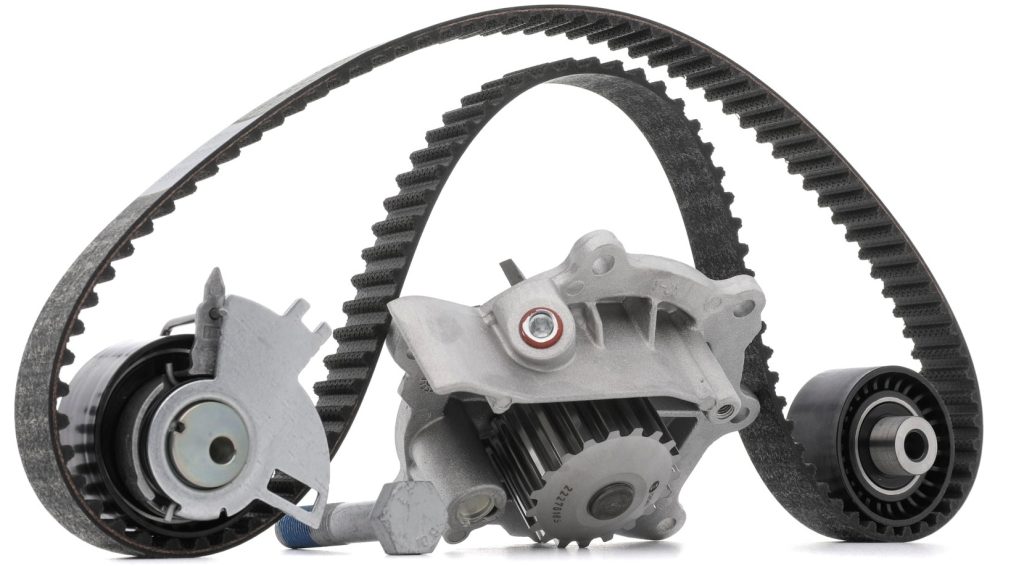
Signs That Timing Belt Needs Replaced: Beyond the Basics
We’ve covered the common indicators, but there are some less obvious signs that timing belt needs replaced that might help you catch potential problems early. These subtle clues can be the difference between a smooth repair and catastrophic engine failure.
Exhaust issues: Unusual smoke or a noticeable drop in fuel efficiency may point to incorrect valve timing—sometimes due to a worn belt.
Starting problems: Difficulty starting the engine could indicate that your belt is slipping or losing tension.
Check engine light: While there’s no direct sensor for the timing belt, engine timing problems may trigger the check engine light.
Cracked or damaged belt cover: The plastic timing belt cover protects the belt from debris. If it’s compromised, contaminants can shorten the belt’s life.
Rubber aging: Heat, oil, and time break down rubber. Even if your car hasn’t hit the mileage limit, the belt may still be due for a change because of age-related wear.
I had a customer with an older Honda that developed a very subtle vibration at highway speeds. Two mechanics missed it, but one of our specialists diagnosed a slightly stretched timing belt due to age. We replaced it, and the engine immediately ran smoother—sometimes, the signs are that subtle.
It’s also worth noting that modern timing belts are far more durable than older versions. Newer belts are made with heat-resistant and oil-resistant materials, so they last longer—but they still don’t last forever. That’s why it’s essential to know when to change timing belt and water pump systems before issues arise.
FAQ: When to Change Timing Belt and Water Pump
-
What is the timing belt and what does it do?
The timing belt (also known as a cam belt) is a rubber belt that synchronizes the crankshaft and camshaft(s) in your engine, ensuring your engine’s valves open and close at the proper intervals. It plays a crucial role in engine timing and performance.
-
What does the water pump do and why is it important?
The water pump circulates coolant through your engine and radiator, keeping your engine at the correct operating temperature. If it fails, your engine can quickly overheat, causing serious damage.
-
When to change timing belt and water pump—what’s the recommended interval?
Most manufacturers recommend replacing the timing belt and water pump every 60,000 to 100,000 miles or every 7 to 10 years, whichever comes first. Check your owner’s manual for your specific vehicle’s guidelines.
-
Why should I replace the water pump at the same time as the timing belt?
Replacing both at once is cost-effective because the labor to reach these parts is essentially the same. If the water pump fails after just replacing the timing belt, you’ll have to pay for labor all over again. That’s why most mechanics recommend a combo replacement.
-
What are signs I need to replace these parts?
Some signs that it’s time include:
Ticking or clicking noise from the engine
Coolant leaks near the timing cover
Engine misfires or rough idling
Overheating issues
Visible wear on the timing belt if accessible
If you notice any of these, it may be when to change timing belt and water pump before they fail completely. -
What happens if I ignore timing belt replacement?
In interference engines, a snapped timing belt can cause pistons and valves to collide, often resulting in bent valves, damaged pistons, or a destroyed engine. That’s a multi-thousand-dollar repair. It’s far cheaper and safer to perform this preventative maintenance.
-
Can I check timing belt condition myself?
In most cars, the timing belt is hidden behind covers, making it difficult to inspect without disassembly. However, your mechanic can visually inspect it during routine service or based on your car’s service history.
-
Can I just replace the timing belt and not the water pump?
You can—but it’s generally not recommended. Since the water pump is located behind the timing belt, it’s more cost-effective and safer to do both at once. Skipping the pump now might mean doubling the labor cost if it fails soon after.
-
Is this job DIY-friendly?
Timing belt replacement is one of the more advanced car maintenance tasks. It requires precise timing, special tools, and access to tight engine spaces. Unless you’re highly experienced, it’s best left to a professional.
-
What’s the average cost to replace timing belt and water pump?
Costs vary by vehicle but generally range from $500 to $1,100 for both components. Luxury or performance cars may run higher. Remember, this is far cheaper than replacing an engine damaged by a broken belt or failed water pump.
Need a mechanic? Find one on the Mobile Mechanic Directory
Final Thought: When to Change Timing Belt and Water Pump
Understanding when to change timing belt and water pump components is one of the most important decisions in preventive car maintenance. Replacing them on time is not just a recommendation—it’s a smart investment in your engine’s long-term health.
Let’s recap:
- Follow your manufacturer’s replacement schedule
- Watch for early warning signs, even the subtle ones
- Replace both components together to save on labor
- Never gamble with interference engines—timing belt failure can be catastrophic
- Get quotes from reputable mechanics to compare pricing
If you’re unsure when to change timing belt and water pump, refer to your owner’s manual or consult a trusted mechanic. Maintenance records are also a valuable resource—don’t leave this job to chance.
So the next time someone asks, “When to change timing belt and water pump?”—you’ll have the answer that could save them thousands of dollars and keep their car on the road for years to come.

